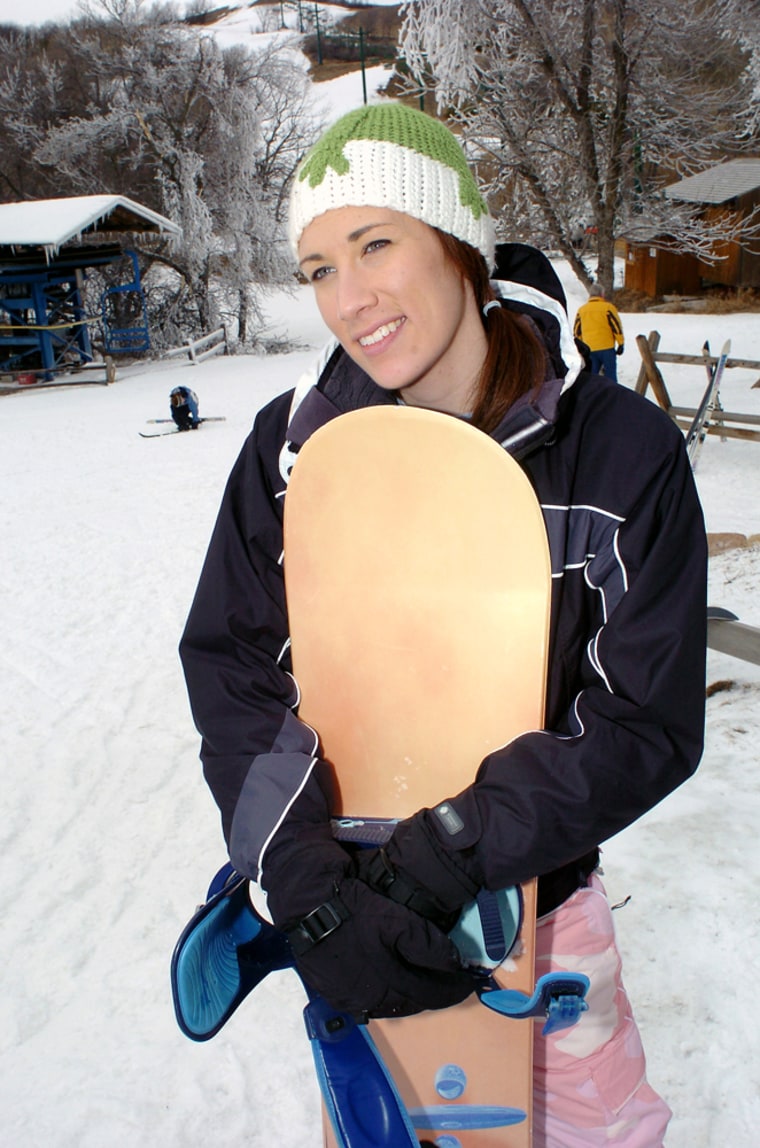Melissa Maeyer moved to North Dakota from the Washington, D.C.-area three years ago and quickly noticed one thing different about young adults around here: their relationship with booze.
She said young people in North Dakota consume much more liquor than their East Coast counterparts. And they seem to wear alcohol-related brushes with the law as badges of honor, she said.
“It’s like a rite of passage,” said Maeyer, 24, who works at two bars. “I have never heard so many people casually talking about how many drunken driving or minor consuming alcohol arrests they’ve had.”
A recent study from the National Survey on Drug Use and Health seems to bear out her observation. It found more than 31 percent of North Dakotans age 12 and older said they had five or more drinks in one sitting during the month before the survey, done in 2002 and 2003. The national average for binge drinking was 23 percent.
Binge use is defined as having five or more drinks on the same occasion at least once in the last 30 days.
Generations apart
Bartender Laura Thompson, who owns the Old Town Tavern in Mandan with her husband, Roger, chuckled at that definition. She said nearly everyone in the bar’s weekly dart league would easily meet the criteria.
“Younger people come in just to get drunk. They do shots and they don’t want to stop,” said Thompson. “Older people come in to drink and socialize.”

Nearly 55 percent of North Dakotans between the ages of 18 and 25 reported binge drinking. About 17 percent who were ages 12 to 17 and about 28 percent in the 26-and-older category said they had five or more drinks in one sitting.
North Dakota’s 11 percent rate of alcohol dependence and abuse also led the nation in the study.
Don Wright, assistant director of the state Division of Mental Health and Substance Abuse Services, said studies have shown that North Dakotans have the “lowest perception of a problem” when it comes to drinking.
“Historically, the culture has been very accepting of alcohol,” Wright said. “It’s a generational thing.”
'Power hour' problem
State legislators are trying to crack down on “power hour” binges, blamed for the death of one Fargo-area college student last year and the near death of another on his 21st birthday in 2002.
During “power hour” binges, people try to down 21 shots of booze between midnight, when they turn 21, and the 1 a.m. bar closing time. Legislators are considering a proposal to make customers wait until 8 a.m. on their 21st birthday to be legally served a drink.
In addition, Burleigh County Sheriff’s Maj. Nick Sevart said it’s common in North Dakota for adults to allow their children to drink on holidays and on special occasions, like weddings.
“It’s illegal and a problem, and we need to change our attitude here,” Sevart said. “Parents need to set examples for their kids. The sooner we expose kids to alcohol, the sooner some of them will be alcoholics.”
Still, Sevart points out that the state ranks as having one of the lowest crime rates in the nation.
“People are probably too drunk to fight,” Thompson, the bartender.
Beyond single culture
Kelby Inmon, a counselor at the Native American Resource Center in Trenton, in the northwestern part of the state, said the alcoholism rate seems higher for American Indians in North Dakota. But Wright said it’s a problem off the state’s four reservations as well.
“I don’t think we can pin it on any one culture,” Wright said. “Our results would indicate a problem with or without the reservations.”
Inmon, who has been counseling alcoholics for 25 years, said some people try to medicate their feelings. “It comes down to people not having hope in life,” he said. “Something at the core is missing.”
Inmon earlier worked as an alcohol counselor in Oregon, where the binge-drinking rate is well below the national average. He said alcohol use is more “culturally accepted” in North Dakota and many communities’ social activities revolve around booze.
“A lot of these little rural towns have nothing — except for a bar,” Inmon said.
Dealing with 'cultural acceptance'
First lady Mikey Hoeven has been leading a campaign to stop underage and binge drinking.
“It’s a huge problem that unfortunately is not something that is new,” Hoeven said. “There is no quick fix to this. I think there is cultural acceptance. It’s not an easy problem.”
The campaign, aimed at children, appears on television, billboards and in some class rooms.
“We want to hit the kids on the front end before they become addicted as adults,” Hoeven said.
Inmon said addiction starts — and ends — with the individual.
“Treatment doesn’t work unless the individual is motivated and wants it to work,” he said. “They have had to have counted the costs in their life.”